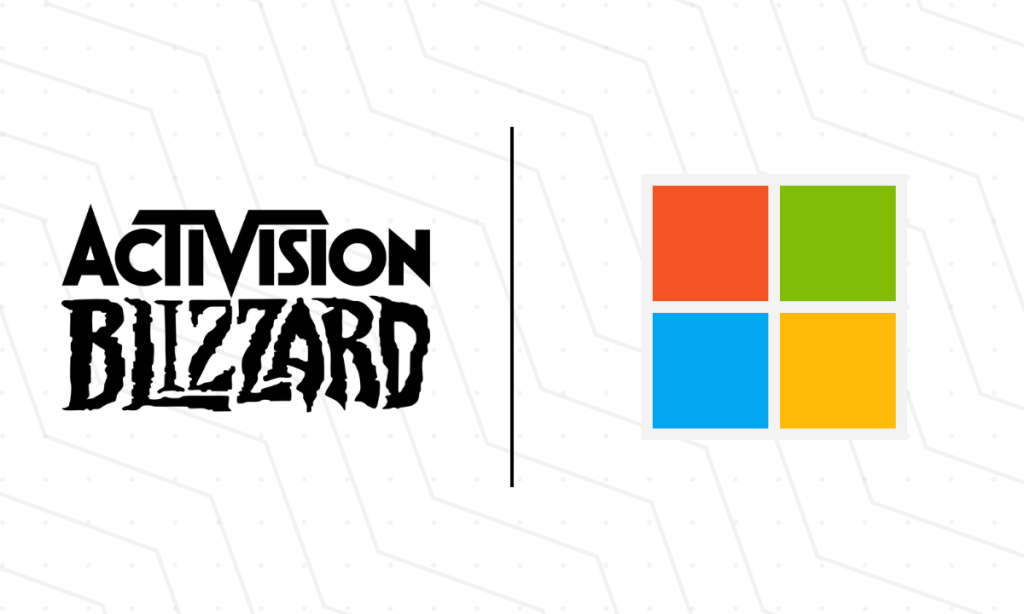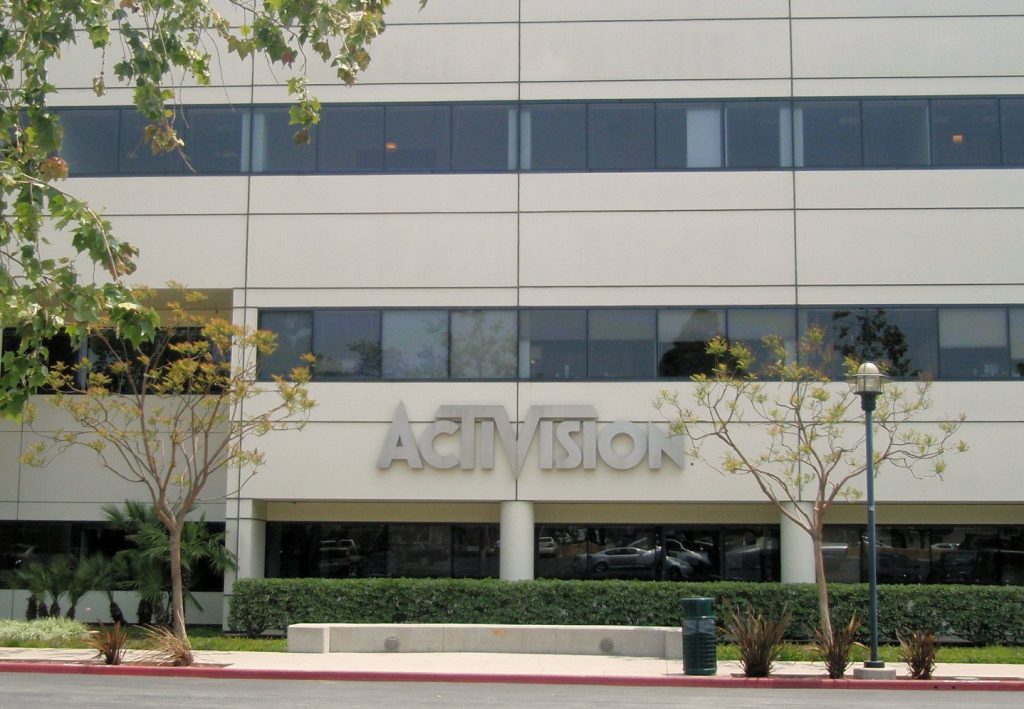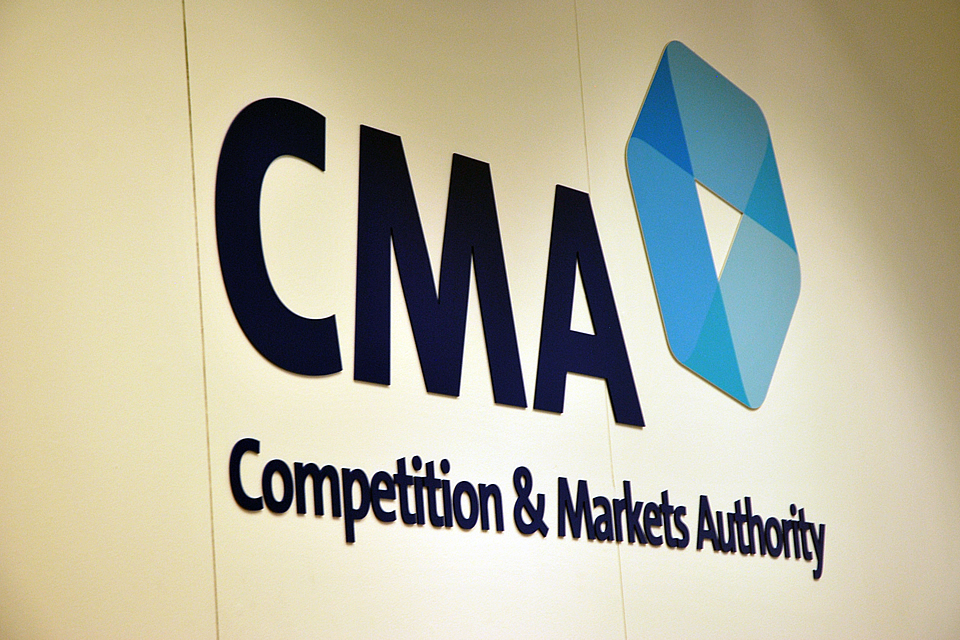
Tech giant Microsoft made headlines in early 2022 by announcing its intention to buy Activision Blizzard, one of the world’s most-valuable gaming companies, for $68.7bn (~£50.5bn). The news took the world by storm, and was quickly labelled one of the most influential deals in the history of gaming.
Throughout 2023, a series of inquiries, lawsuits, and probes from governments around the world threw the blockbuster deal into doubt. The original July deadline had to be extended to October 18th and at times it wasn’t clear if the acquisition would go through.
However, the merger finally completed on October 13. Activision Blizzard officially declared in a filing that is now a subsidiary of Microsoft, ending the acquisition saga.
We’ve compiled a recap to guide you through both the significance of Microsoft’s acquisition of Activision Blizzard, and how the 19-month ordeal played out.
Why are countries investigating the merger?
Due to the scale of the deal, regulators around the world feared that this acquisition may hurt competition and give Microsoft — which already owns Xbox — too much power in the gaming market.
Fears centred around the potential effect on market share in the console gaming market. Microsoft could, regulators argued, make Activision Blizzard’s games (including the ultra-successful Call of Duty franchise) exclusive to its consoles, thereby hurting competition with rivals Sony and Nintendo. Other concerns have been around the potential impact on market share in the growing cloud gaming market.
Even though the two companies are both US-based, if the deal was not approved in other countries in which Activision Blizzard operates, the newly merged entity would risk not being able to conduct business in those countries.
It is worth noting that the acquisition of Activision Blizzard is not the first big-money spending spree on gaming for the tech conglomerate, which already owns Xbox. Microsoft owns Minecraft, Halo developer 343 Industries, Obsidian Entertainment, Forza developer Playground Games, and Bethesda owner ZeniMax. Activision Blizzard would, however, be Microsoft’s largest purchase.
Where has the merger been approved?
The Microsoft-Activision Blizzard merger has now been approved in key markets around the world. As of October 13th, these include the UK, European Union, Ukraine, Saudi Arabia, Brazil, Serbia, Chile, Japan, South Africa, South Korea, New Zealand and China.
The first countries to accept the merger were Serbia, Brazil, Saudi Arabia, and Chile in 2022, with other countries approving it in spring 2023 and beyond.
Which countries pushed back against the merger?
In December 2022, the Federal Trade Commission (FTC) sued to block the deal. Then on June 12th, 2023, the FTC filed another lawsuit, this time seeking a temporary restraining order to stop the merger from going ahead while its wider lawsuit continues, following reported Microsoft and Activision Blizzard were planning on consummating the deal despite remaining regulatory hurdles.
On July 11, 2023, the District Court in the Northern District of California rejected the FTC’s restraining order preventing the deal from closing, after five days of testimony. The judge ruled that the FTC had not proven the likelihood it would prevail on its claim that the merger would substantially lessen competition. The FTC appealed the decision on July 13th, but the appeal was denied.
While the FTC lost its case for a restraining order, the FTC still had its separate December 2022 lawsuit pending. However, BNN Bloomberg reported in July that the FTC has paused this lawsuit, clearing the way for talks between the FTC and Microsoft.
Meanwhile, in the UK, the Competition and Markets Authority (CMA) blocked the deal in April 2023. In a surprise decision, the CMA said it would not allow the deal to go ahead primarily because of the consequences it would have on the cloud gaming market. Microsoft and Activision Blizzard then appealed.
In August, the CMA technically formally rejected the original deal, however allowed Microsoft to submit a restructured deal for review. In September 2023, the CMA indicated it would approve the new deal, and on October 13th the CMA officially gave its blessing and cleared the merger. This was followed the same day by a filing announcing that the deal was officially done.
Australia is still reviewing the merger, reportedly the only country investigating the deal left to announce a decision.
Why would Microsoft buy Activision Blizzard?
When the news of the acquisition first broke, in January 2022, Reuters ran the headline ‘Microsoft to gobble up Activision in a $69 billion metaverse bet‘. This was at the height of the metaverse trend and would be the largest gaming industry deal in history. Microsoft is said to have wanted to acquire Activision Blizzard to further improve its presence in the gaming industry, and the metaverse, and to consolidate itself as the de facto king of cloud gaming.
With Activision’s titles under its umbrella and with Xbox and its Game Pass and XboX Live platforms to support it, few companies could challenge Microsoft in the gaming field. Acquiring Activision Blizzard gives Microsoft access to multi-million dollar IPs such as Call of Duty, Overwatch, Diablo, and WarCraft franchises, as well as studios such as Treyarch and Infinity Ward, at a time when video game IP is proving highly valuable — just see the success of HBO’s The Last of Us adaptation.
The company will also become a major stakeholder in esports, and get access to major esports properties like Call of Duty, Overwatch, and Major League Gaming.
Couple all this with Activision Blizzard’s internal problems and affairs, and the fact that its CEO Bobby Kotick was investigated by the SEC, and one can see what makes the deal appealing to both sides. Microsoft’s offer came during the height of legal and public backlash over lawsuits alleging widespread sexual harassment problems at the publisher — and while it’s hard to think of $69bn as a discount, its legal and PR problems may have given Microsoft a better deal.

Timeline of the deal’s troubles
Unfortunately for Microsoft, the scope of the deal and its effect on the gaming industry caught the eyes of many regulators, governments, competitors, and agencies worldwide. One of the first critics of the move was Sony, its largest competitor in the field of gaming consoles and a staunch opponent of the acquisition. Sony wanted to be sure that Microsoft would keep all of its newly acquired IPs on PlayStation, a direct competitor to Xbox, so it was naturally against the deal.
It was at the beginning of February that the United States Federal Trade Commission started investigating the deal. Considering the scope, it was apparent that this will not be another swift deal for Microsoft, a fact that was proven multiple times afterward. The FTC formally announced a lawsuit on December 8, 2022, putting the deal under much more pressure.
The next big blow to the merger was made by the CMA, the UK’s regulator, when it provisionally opposed the deal in January 2023. Many expected the CMA to allow the merger after it released a statement in March saying one of its three key concerns had been addressed by new evidence. However, in April 2023, the government body prevented the proposed purchase over concerns about the “future of the cloud gaming market”. Microsoft did present a solution to the CMA, which was deemed not adequate and thus rejected. As a result, both Microsoft and Activision Blizzard appealed the decision.
Attention shifted to the US on July 11th with an important win for Microsoft and Activision Blizzard when a court denied the FTC’s request for a restraining order it had filed to prevent the deal from passing. This effectively meant the two parties could go ahead with the merger in the US if they wanted to, though they couldn’t operate in the UK if they did so.
On July 19th, Microsoft and Activision Blizzard announced they had extended the original July 18th deadline until October 18th, to give them more time to reach an agreement with the UK’s CMA.
On August 22, Activision Blizzard and Microsoft proposed a new deal to the CMA, after the agency confirmed that it will indeed block the original deal. In a blog post, Microsoft stated that the new deal “presents a substantially different transaction under UK law than the transaction submitted to the CMA in 2022.” Microsoft said that it had notified the CMA of the restructured transaction and that it expects the CMA’s review process to be completed before October 18th, the new deadline for the merger following Microsoft and Activision Blizzard’s 90 day extension.
The new deal notably included a major agreement to transfer streaming rights of Activision Blizzard games on PC and console to Ubisoft, another game developer and publisher, for 15 years. This potential deal will allow Ubisoft to offer Activision Blizzard’s games on cloud services that are not running Windows. The CMA, which said it would consider the updated deal as if it was completely new, finally gave the all clear to the merger on October 13th.
The change in the underlying deal initially created uncertainty surrounding whether the deal would need to be re-approved in markets that had already given its blessing. Per media reports, an EU spokesperson said in August it was “carefully assessing” whether the developments in the UK require another notification to the commission. However, Bloomberg reported in October that the European Commission would not need to re-investigate the updated deal.

What would the acquisition mean for esports?
The acquisition will set Microsoft up as a key player in esports at a difficult time for the industry. Its involvement may offer a mark of legitimacy as esports goes through a downturn in investor confidence and many companies are struggling financially.
Importantly, Activision Blizzard’s Overwatch League and Call of Duty League are floundering. Activision Blizzard quietly stated in May 2023 that its leagues “continue to face headwinds which are negatively impacting the operations and, potentially, the longevity of the leagues under the current business model.” In July 2023, Activision Blizzard disclosed that franchises will vote on the future of the league, offering them $6m (~£4.66m) if they want out.
It comes after franchise owners reportedly started collective bargaining against the company in January 2023 due to high costs and missed promises on revenue. Many sponsors also left the leagues following Activision Blizzard’s sexual harassment lawsuits.
In light of that, big-money and big-name support from Microsoft could help turn around their fortunes. On the other hand, its potential new owner might not be as invested in Activision Blizzard’s grand franchising experiments, and make decisions based on their current financial footing — which could potentially see a downsizing, or even cancellation, of the leagues.
What will happen next?
The pressure applied by regulators has successfully drawn concessions from Microsoft, most notably assurances that Activision Blizzard will ensure access to its games to rivals.
Following the CMA’s final approval, which paved the way for the deal to go through, Alex Haffner, a competition partner at London law firm Fladgate, said in a statement sent to Esports Insider: “Today’s decision was widely expected and brings an effective end to what has been a tumultuous process for all concerned. In many ways, the end result is no different to other transactions which have raised significant competition concerns amongst competition regulators with the parties agreeing concessions to mitigate those concerns in an effective and clean-cut manner.
But, what is different here is the circuitous route taken to get to that endpoint and the fact that Microsoft and Activision had to go to the brink of court proceedings before an accommodation was found.”
Editor’s note: This article is being kept up to date as the situation develops. The publish date indicates when the article was last updated. Article first published 02/06/2023.
